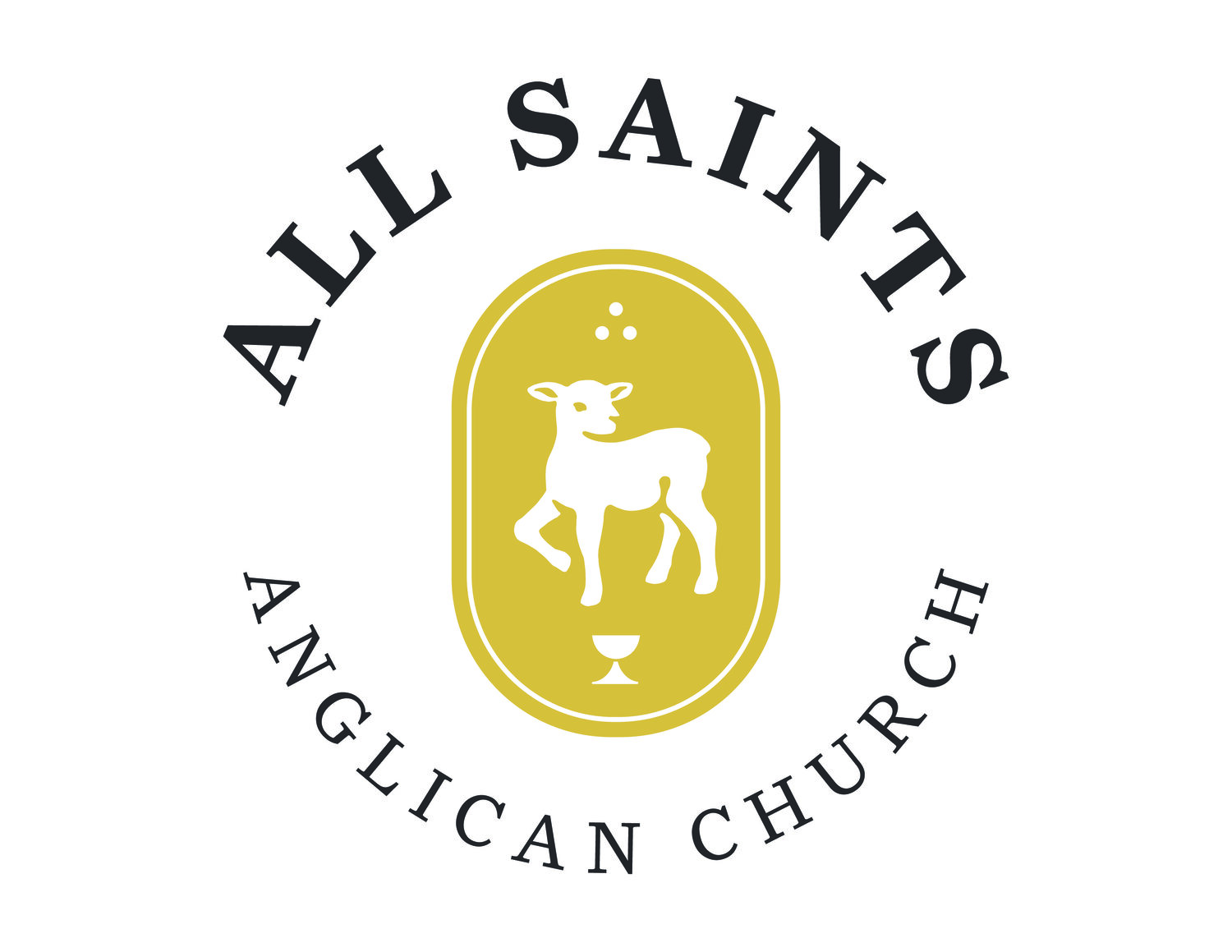On Sunday we will observe the Feast of the Transfiguration: a feast which remembers the day when Jesus took Peter, James, and John up on a mountain and was transfigured before them (Matt. 17:1–8, Mk 9:2–13, Lk 9:28–36). It is a bright day, a day full of brilliant, burning, illuminating revelation. In a season of Epiphany, in a season dedicated to the long consideration of the revelation of Jesus Christ as the Son of God, Transfiguration is a fitting end, a glorious finale.
Like Peter we finish-off the season which included Candlemas, the visit of the Magi, the Baptism of Jesus, the Wedding at Cana, and Jesus’ proclamation in the synagogue that he has come to proclaim good news to the poor and freedom to the captive, with awestruck desire to keep it going like this: “Let’s build three tabernacles…” (Matt 17:4). But keeping it going like this is not the answer. The tabernacle served for a season in God’s story to keep the glory (Ex. 25). But now we come to that moment where the glory must break-out (Is. 9:1-2, 58:8; Matt. 4:16). We can no longer be kept safe from its fiery burnings, from the living flame of love (Ex. 3:2-3; Song. 8:6; Is. 33:14).
Transfiguration gives us a glimpse of the true depths of the Glory of God in Christ Jesus. “Wow! This is who he is!” We expect that what follows such a revelation are also bright. But brightness is not what happens in the Gospel. What follows the transfiguration is sorrow, seeming dimunition, attack, persecution, onslaught, death. The next mountain the disciples see Jesus “lifted-up” on is Calvary. On one mountain Jesus is lifted-up and transfigured by light and luminosity. On the other he is lifted-up and transfixed by nails and thorns.
The liturgical calendar calls us into the story of Jesus. Epiphany ends with Transfiguration Sunday. A bright and glorious and merry day. But the goal is not to stay here, not to build our tabernacles on that mountain. We must descend and follow Jesus to the next mountain: Good Friday’s Golgotha.
Lent is the name of the valley of days between Transfiguration and Good Friday. We journey with Jesus not idly, not despairingly, not self-hatingly, but with the growing revelation that this, this valley of weeping, is but a deepening of the revelation of who Jesus is. Jesus is the God of glory. And Jesus is the Man of Sorrows. And in the Bible it is the glory of God to be the one who lays down his life for his sheep (Jn. 10).
What Lent remembers is that the God of glory came down into our valley, into our darkness, into our vale of sadness —not merely as tourist but as guide. His glory does not keep him from our mess, it is precisely his glory to enter into it. He has come to make his brightness ours. We are the treasure hidden in a field. He will do more than dig to find us. He will himself be buried in the earth.
Jesus, our Lenten captain, goes to the Cross not morbidly but for the joy that was set before Him (Heb. 12:2). So we, also, prepare our hearts for Lent, not depressingly, but for the joy that is set before us: of knowing Christ, of fellowshipping in his Suffering, and sharing in his Resurrection (Phil. 3:10). I am glad for a season of weeping because, in the Kingdom, weeping always turns to laughter (Ps. 30:5; Eccl. 3:1-8; Lk. 6:21; 2 Cor. 4:17). My tears are water that Christ has come to turn to wine (Jn. 2).


